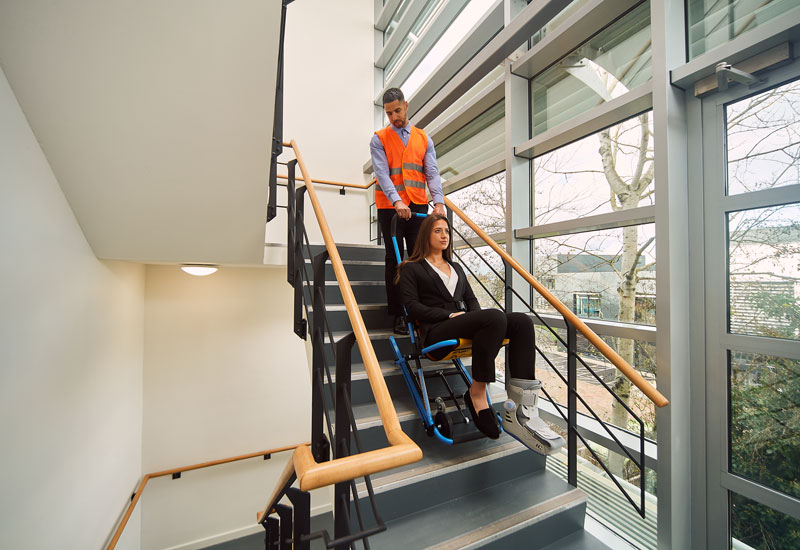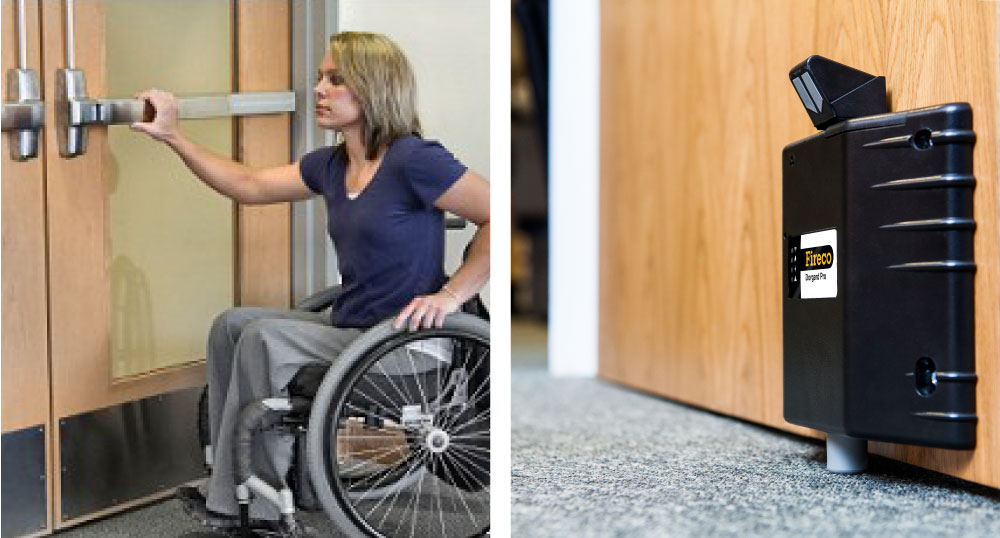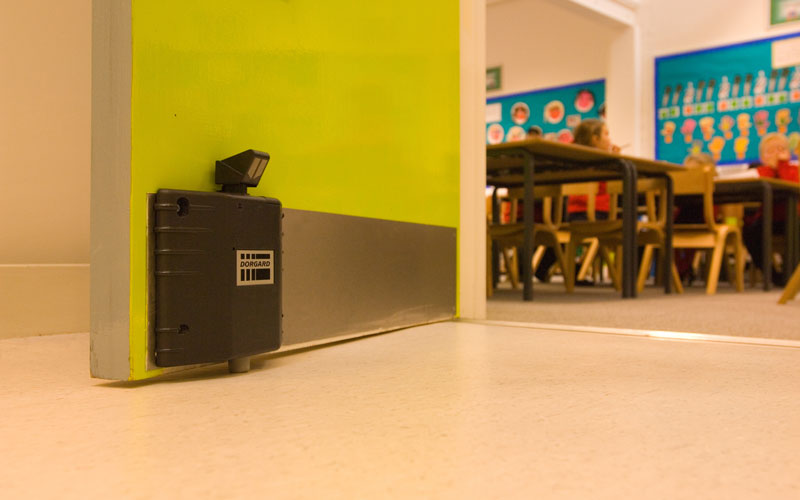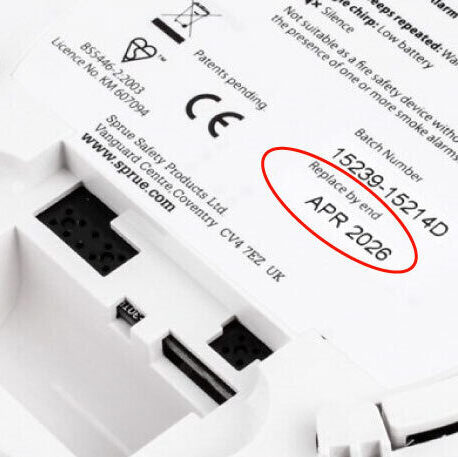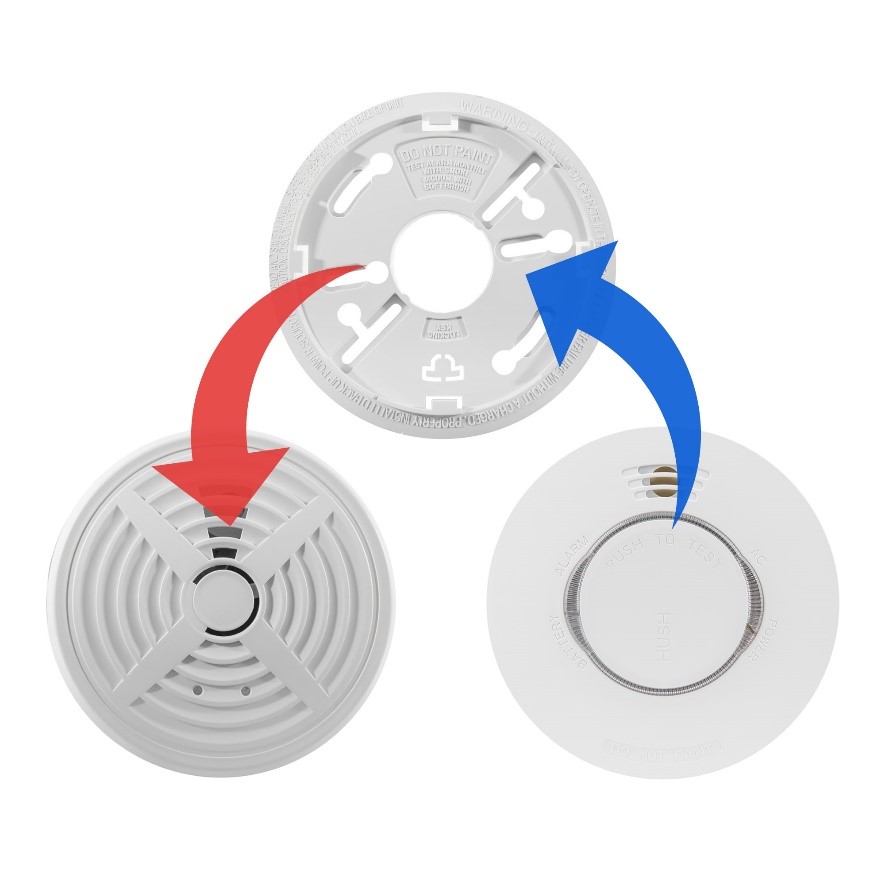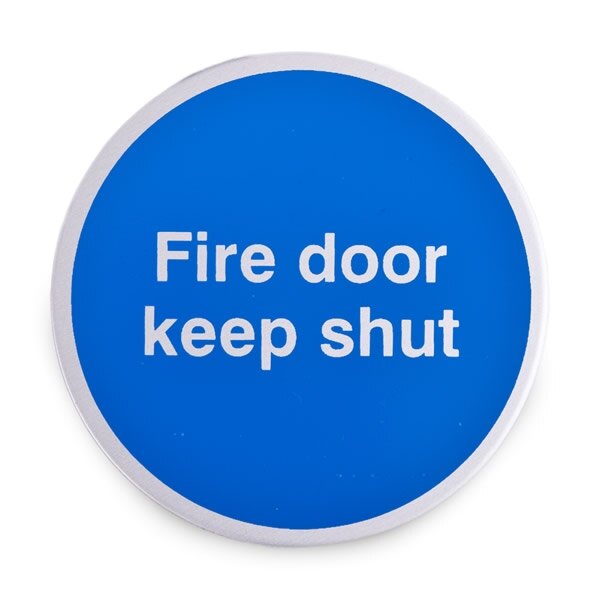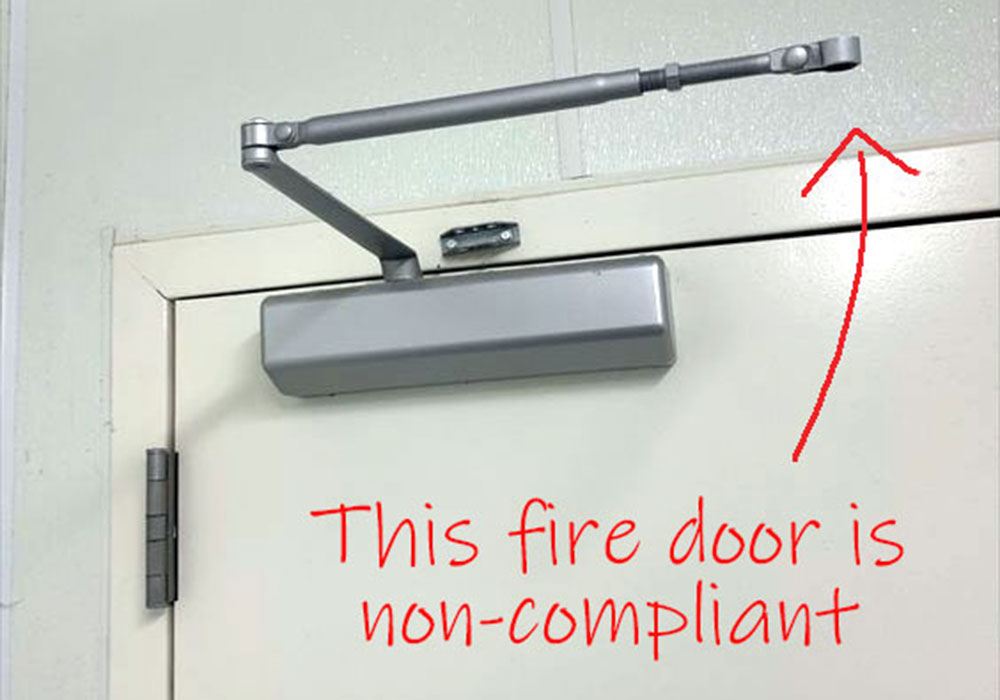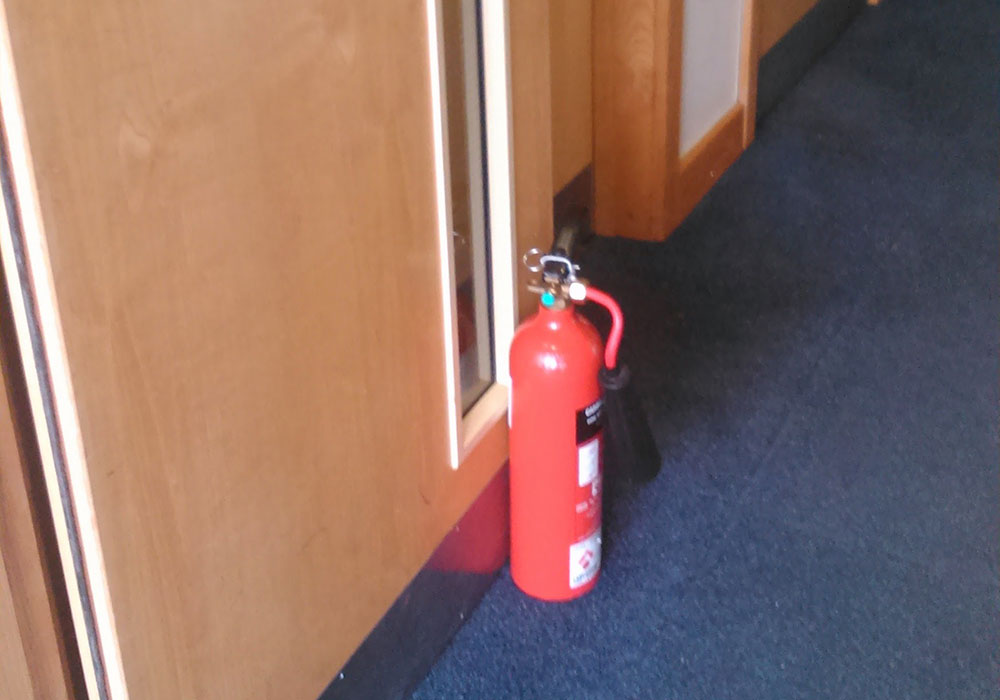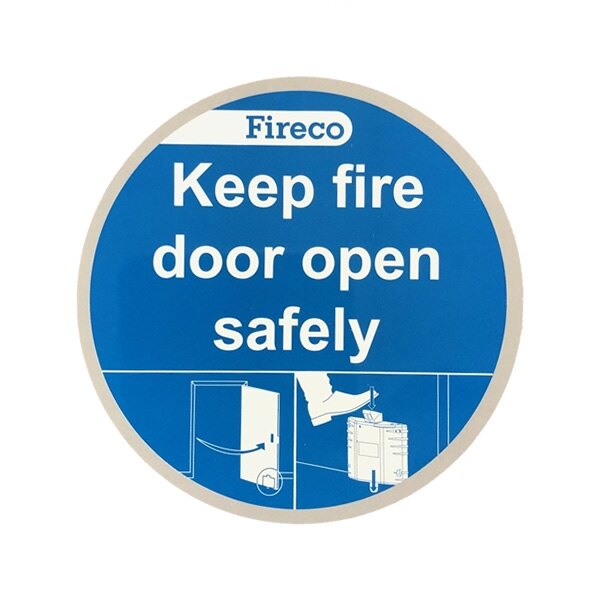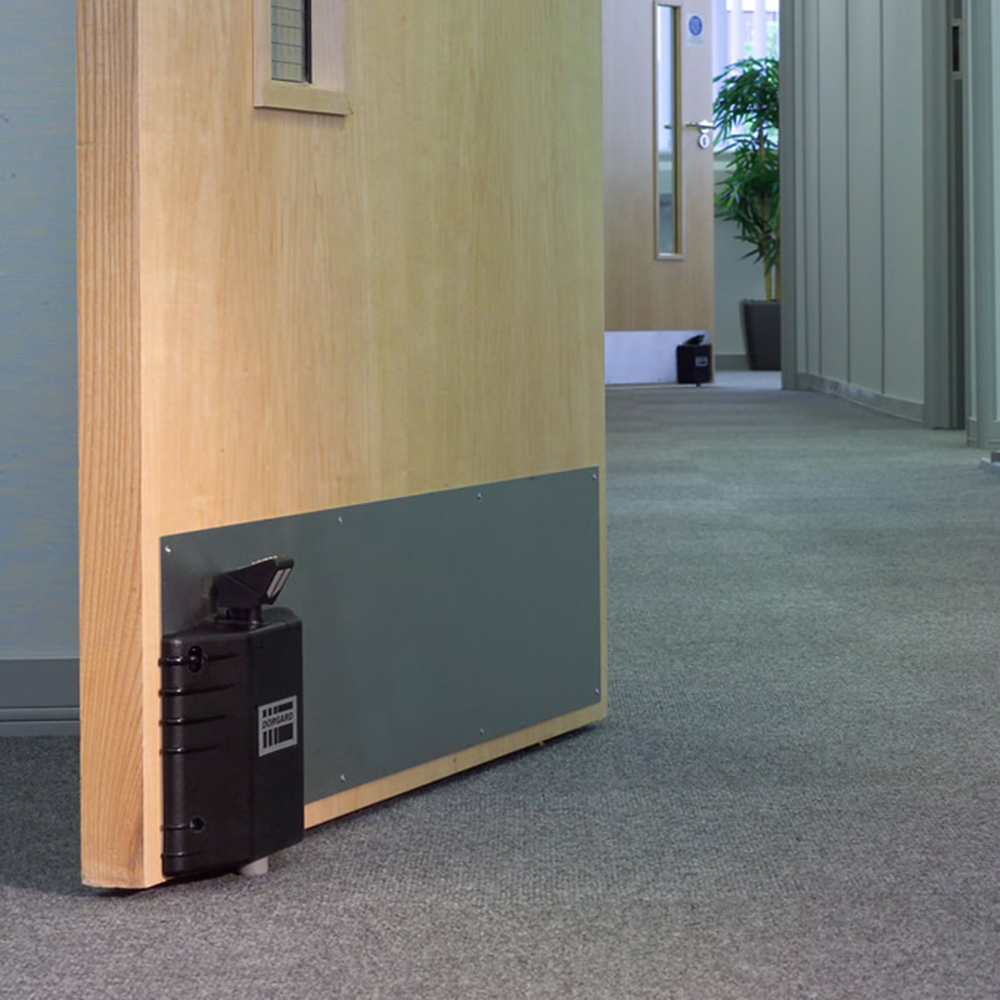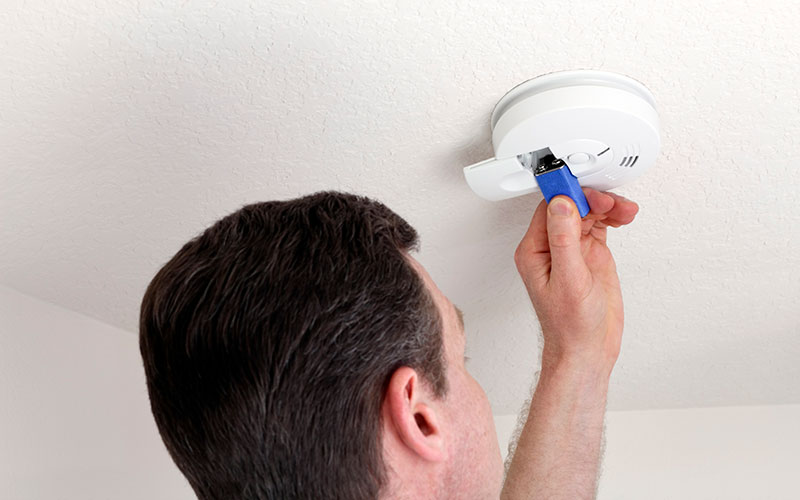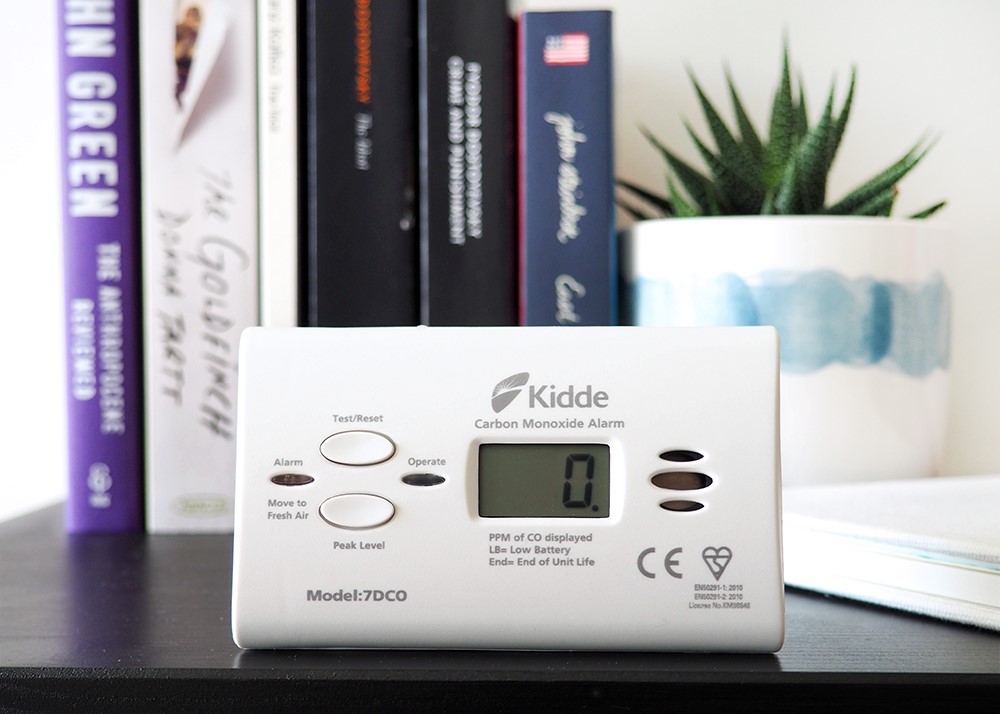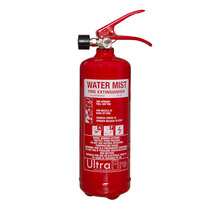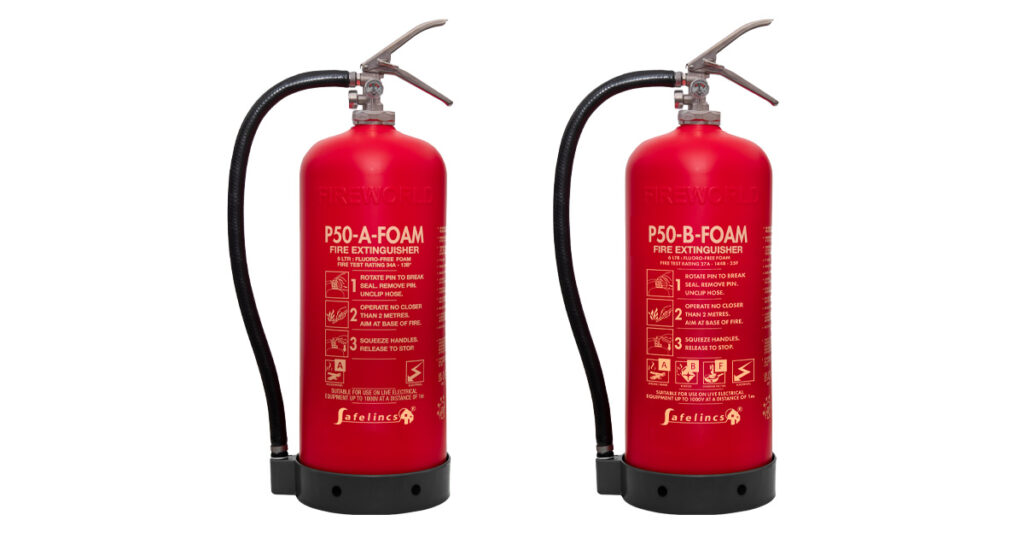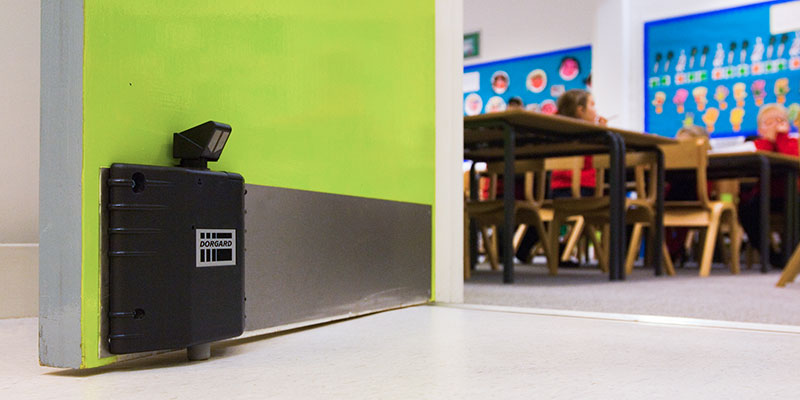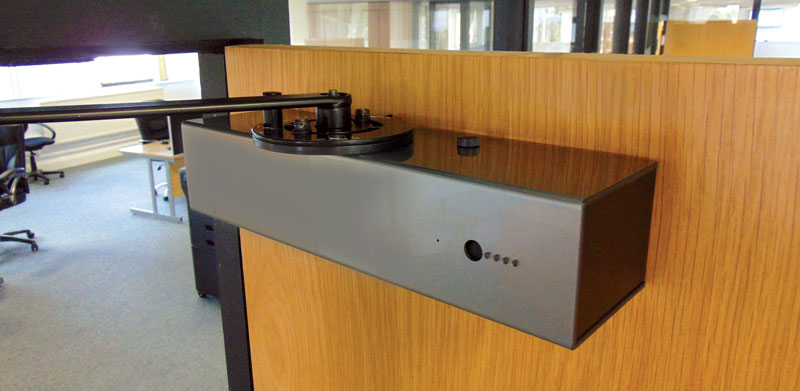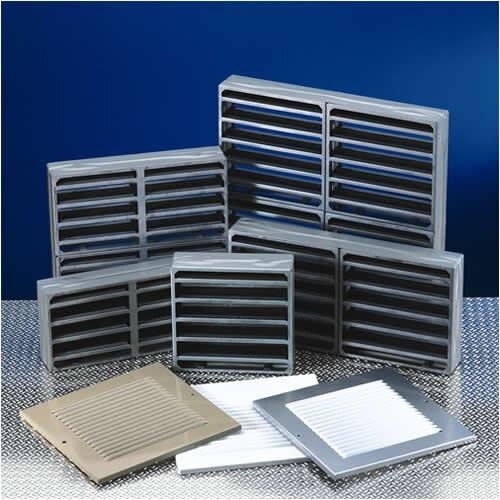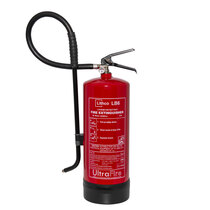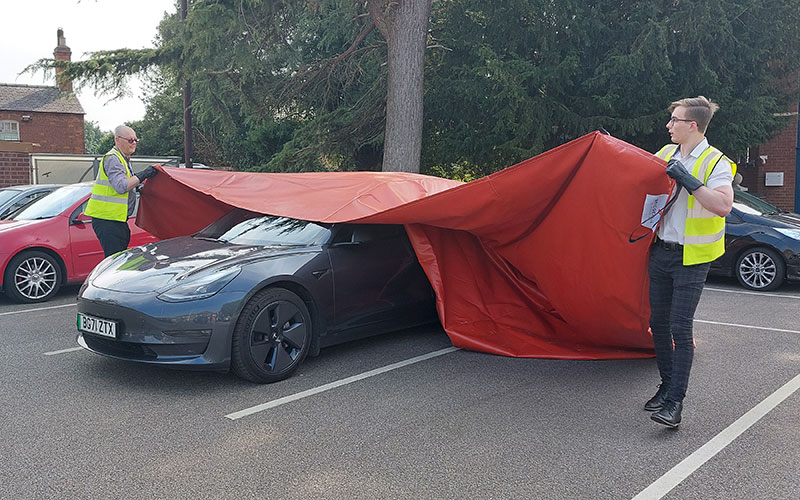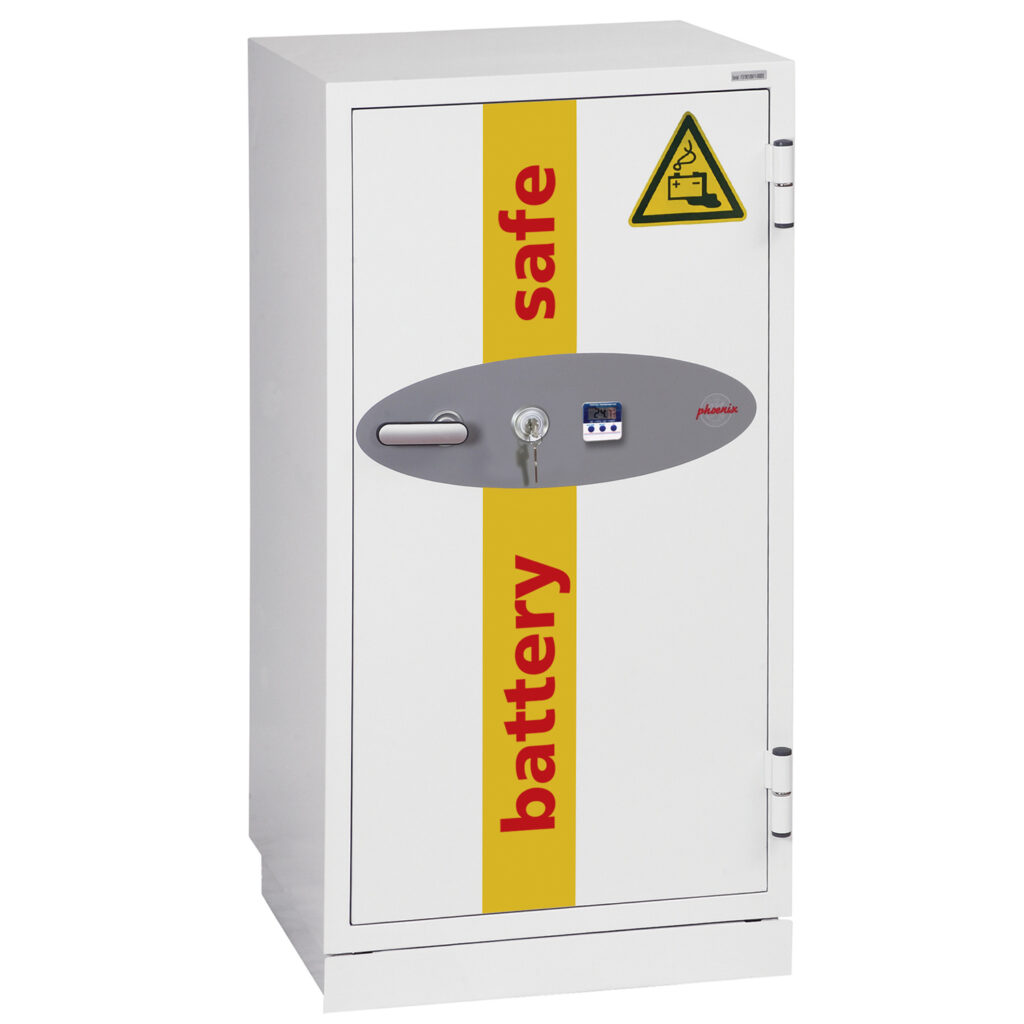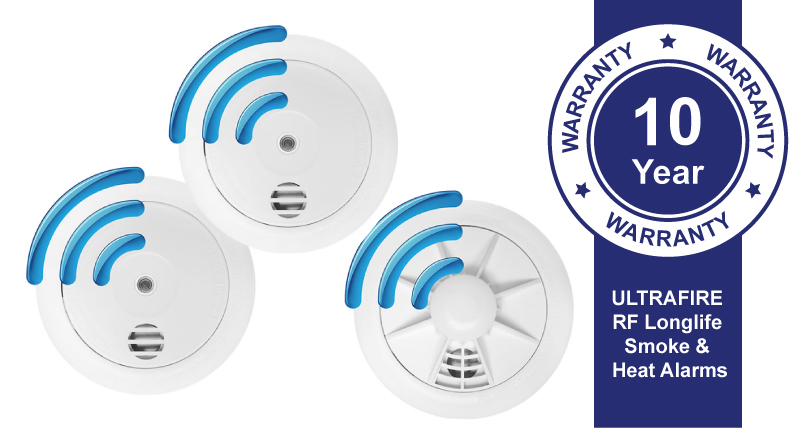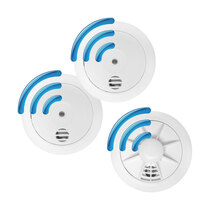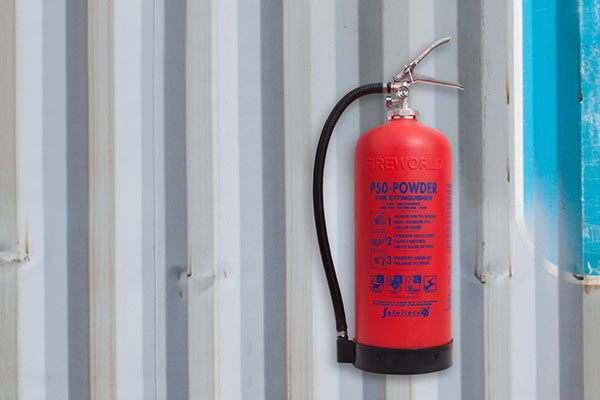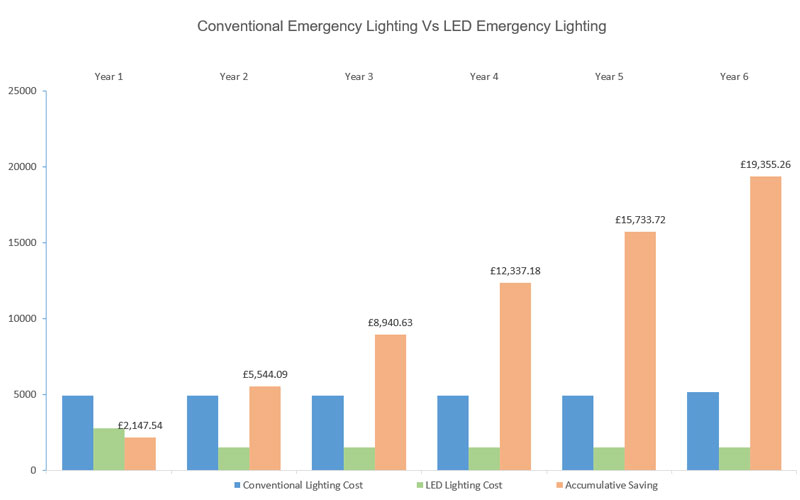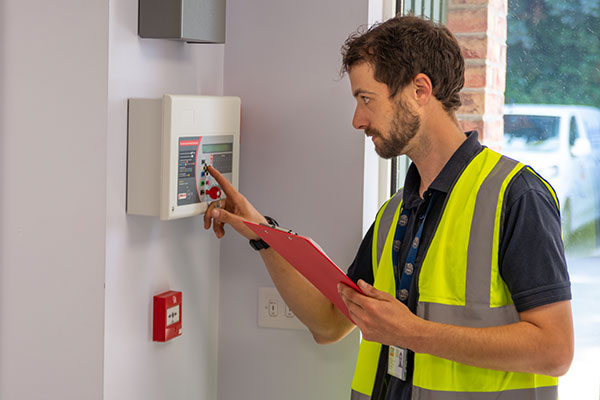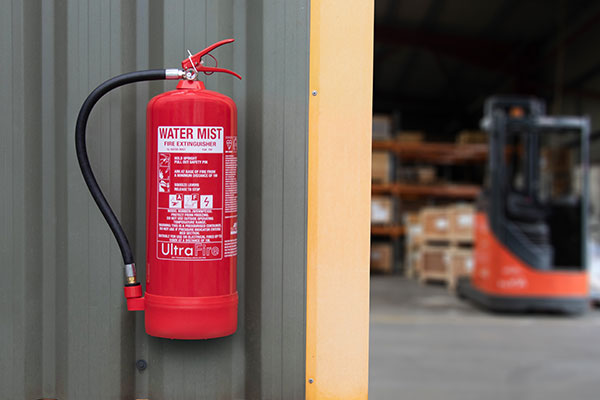Friday 7th June 2024
The installation of maintained or non-maintained emergency lighting should be decided based upon building type, its occupants and its usage.
What is the difference between maintained and non-maintained emergency lights?
Maintained Lights
Maintained emergency lighting is on at all times. These lights are mains powered and used as part of the normal room lighting system. However, should the mains power fail, it will stay lit for a specific duration powered by a back-up battery.
Maintained lighting could include lit fire exit signs, bulkhead lighting or recessed downlights.
This type of emergency lighting is generally used in non-residential places of public assembly such as leisure centres, cinemas, shopping centres etc. In public venues where the normal lighting is often dimmed e.g. cinemas, theatres or bars, maintained luminaries are always required.
Non-maintained Lights
Non-maintained lighting only comes on for a specific duration when the power supply to normal artificial lighting fails. These light fittings are powered by a battery that is charged from a constant trickle of mains power. This battery should have enough charge to remain lit for a duration of 3 hours if the mains power fails. Regular testing of emergency lighting is required to ensure that it is working and will be effective in an emergency. Read more about testing and maintenance.
Non-maintained emergency lights are normally suitable for buildings which are usually lit when occupied, for example, workplaces, offices, and schools.
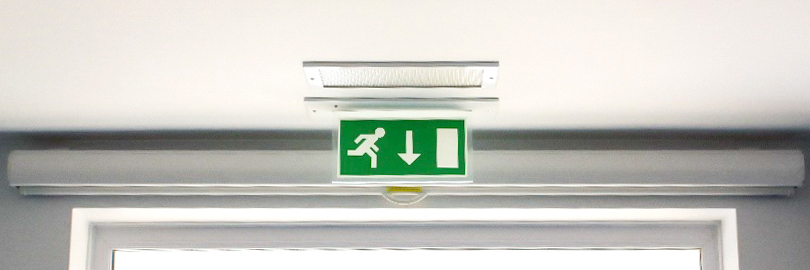
Can an emergency light fitting be both maintained AND non-maintained?
Yes. Maintained emergency light fittings or signs used as part of a normal room lighting system can also be wired to perform as a non-maintained fitting if required. This especially useful if your property has multiple uses, where you have a mix of maintained and non-maintained lighting requirements, only one type of light needs to be purchased. Many maintained fittings are available as switchable units, meaning they can be switched between maintained and non-maintained modes using an ordinary light switch. However, non-maintained light fittings cannot be wired for use in maintained operation.
If you are unsure which emergency lighting is best for your environment, it is best practice to conduct a fire risk assessment. This must be conducted by a ‘competent person’. A specialist risk assessor will advise the most suitable option in line with the current regulations if your organisation cannot complete this in house.

- On-site fire risk assessment (FRA)
- Expert advice from our qualified fire risk assessors
- Comprehensive report with clear indications of areas for improvement
- Quick and easy booking
- 10% discount on most fire safety products
- FREE online fire safety management portal
Which type of emergency lighting do I need?
British Standards guidelines 5266-1:2011 requires emergency lighting to be installed in all high occupancy residential, public or commercial buildings. It outlines the duties of the ‘Responsible Person‘ and focuses on emergency lighting fixtures ensuring escape routes are illuminated when the mains power fails. There are often more specific requirements given by local authorities in each area; check your local government website for more information.
Whether maintained or non-maintained emergency lighting is needed is largely a question for fire risk assessors based on each individual property. If non-maintained lighting is deemed sufficient, it is also worth considering the reduced environmental impact and lower energy cost of using non-maintained lighting over time.
Help guides
More information about all aspects of emergency lighting can be found in our emergency lighting guides.
British Standards
There are various British Standards that set out the regulations for emergency lighting where further guidance can be sought:
- BS5266-1 Code of practice for emergency lighting of premises sets out general guidance on what emergency lighting should be provided in each environment
- BS EN 50172 / BS 5266-8 Emergency escape lighting systems details minimum emergency lighting provision and testing for each type of environment

